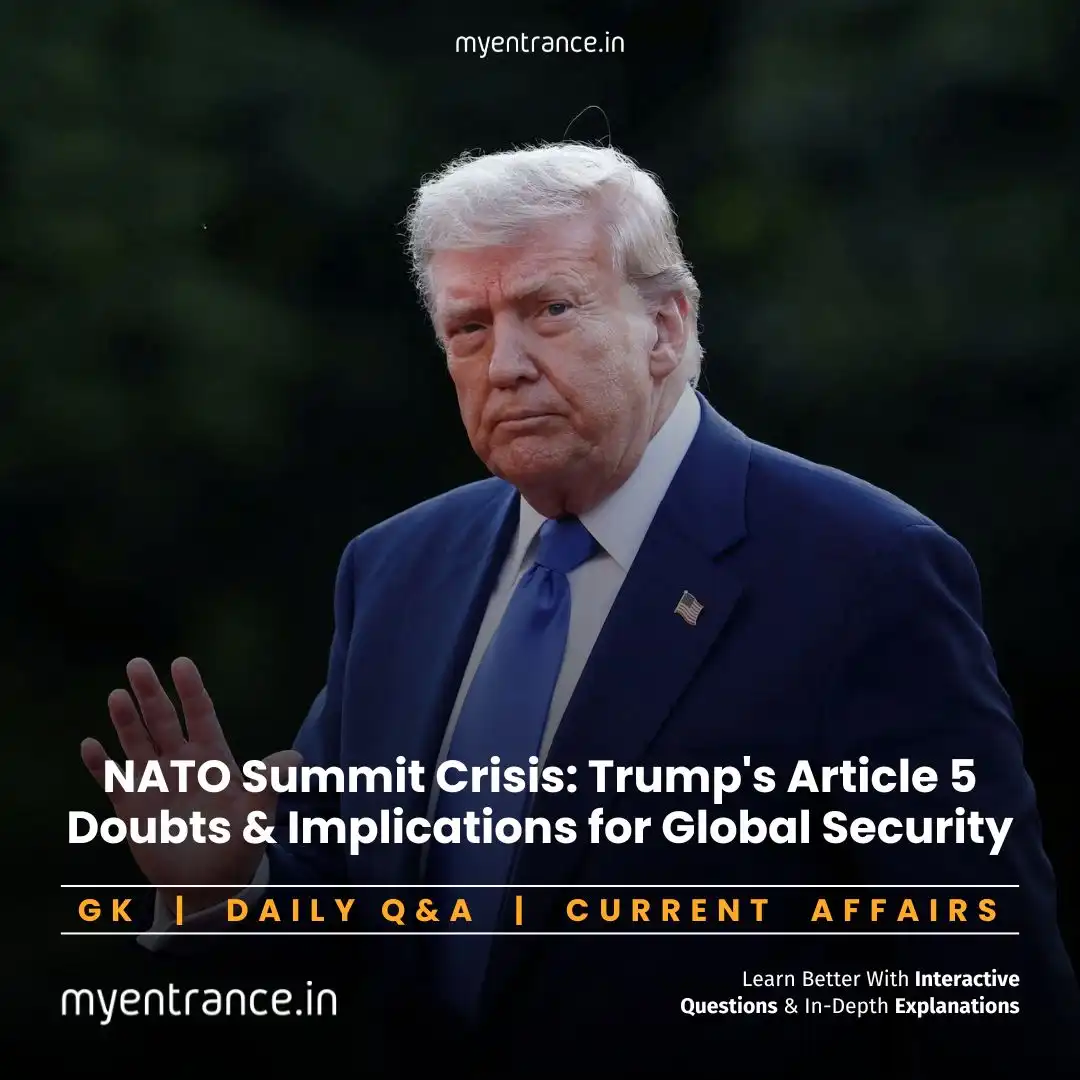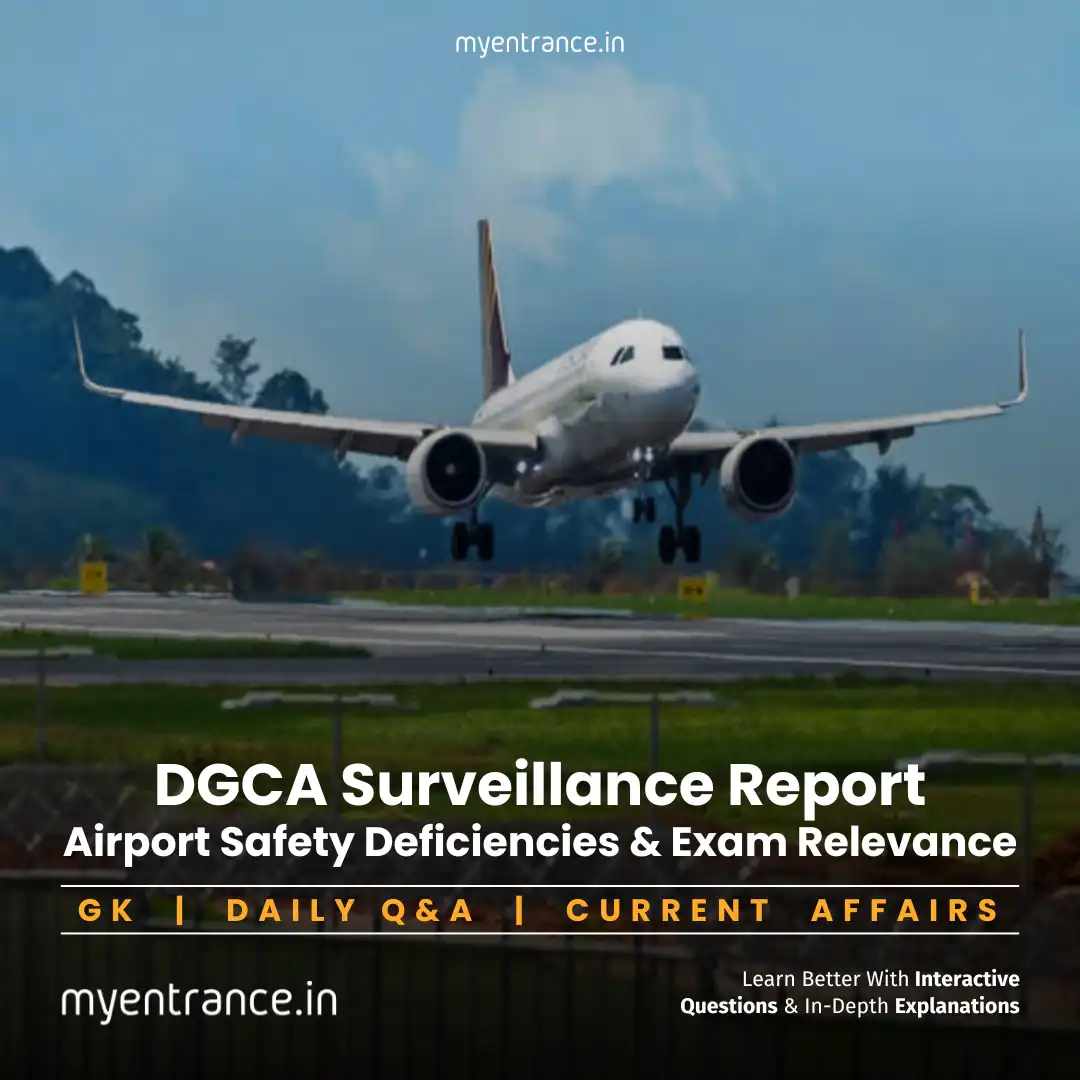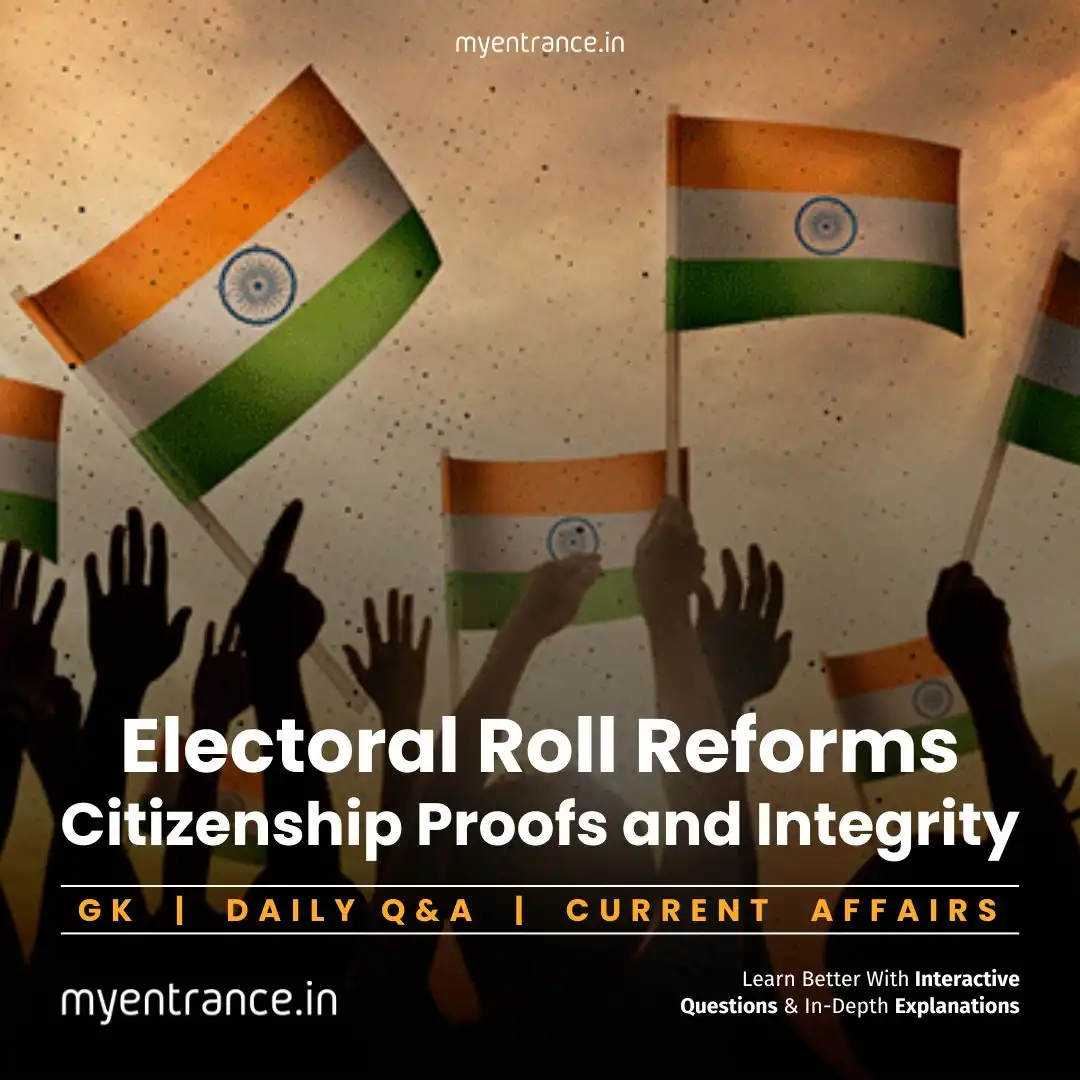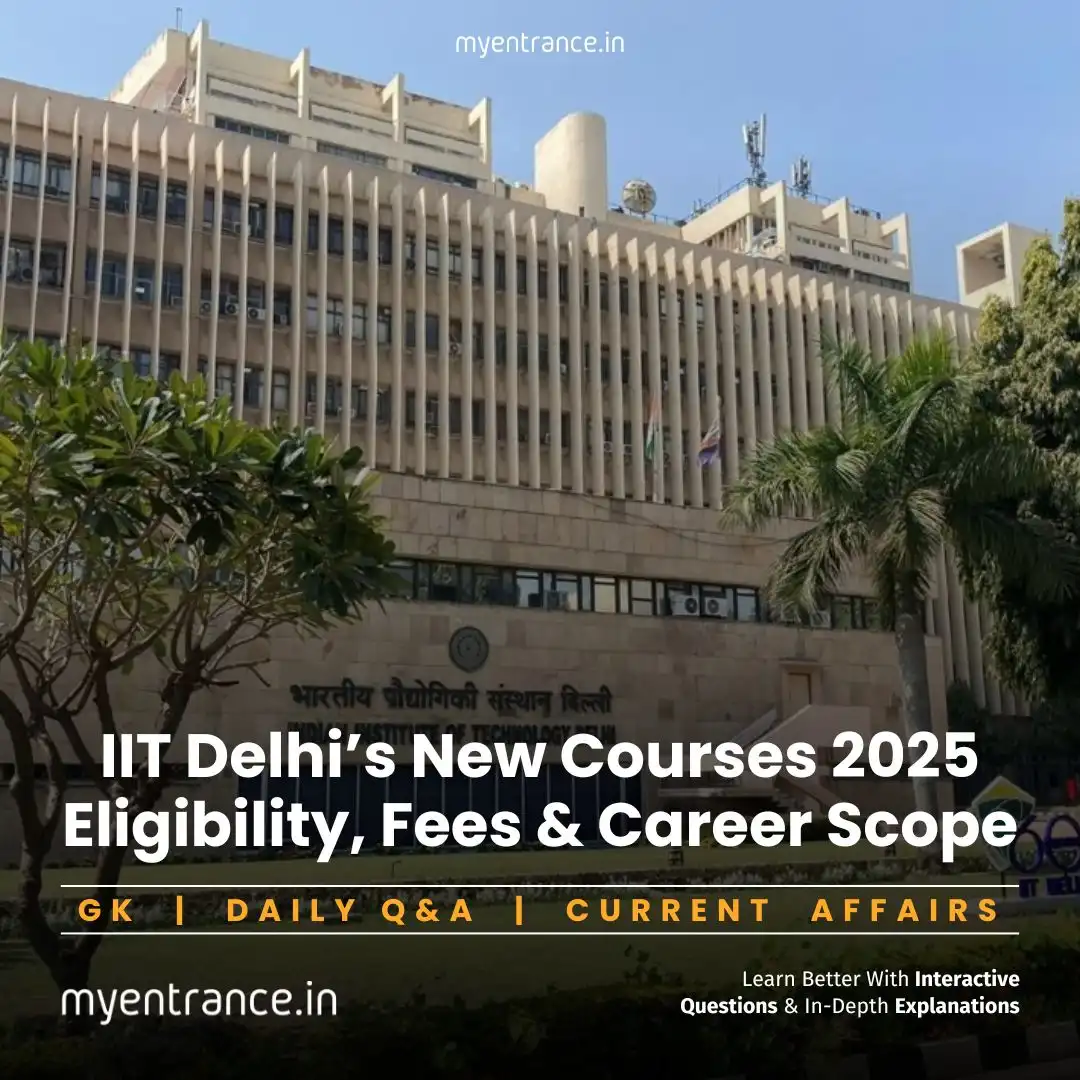Select Language
75 Years of Estimates Committee: How It Shapes Indian Democracy
The Parliamentary Estimates Committee recently marked its 75th anniversary, spotlighting its critical role in India’s financial oversight. For UPSC aspirants, understanding this committee is vital, especially after direct questions in the 2023 GS-II paper.
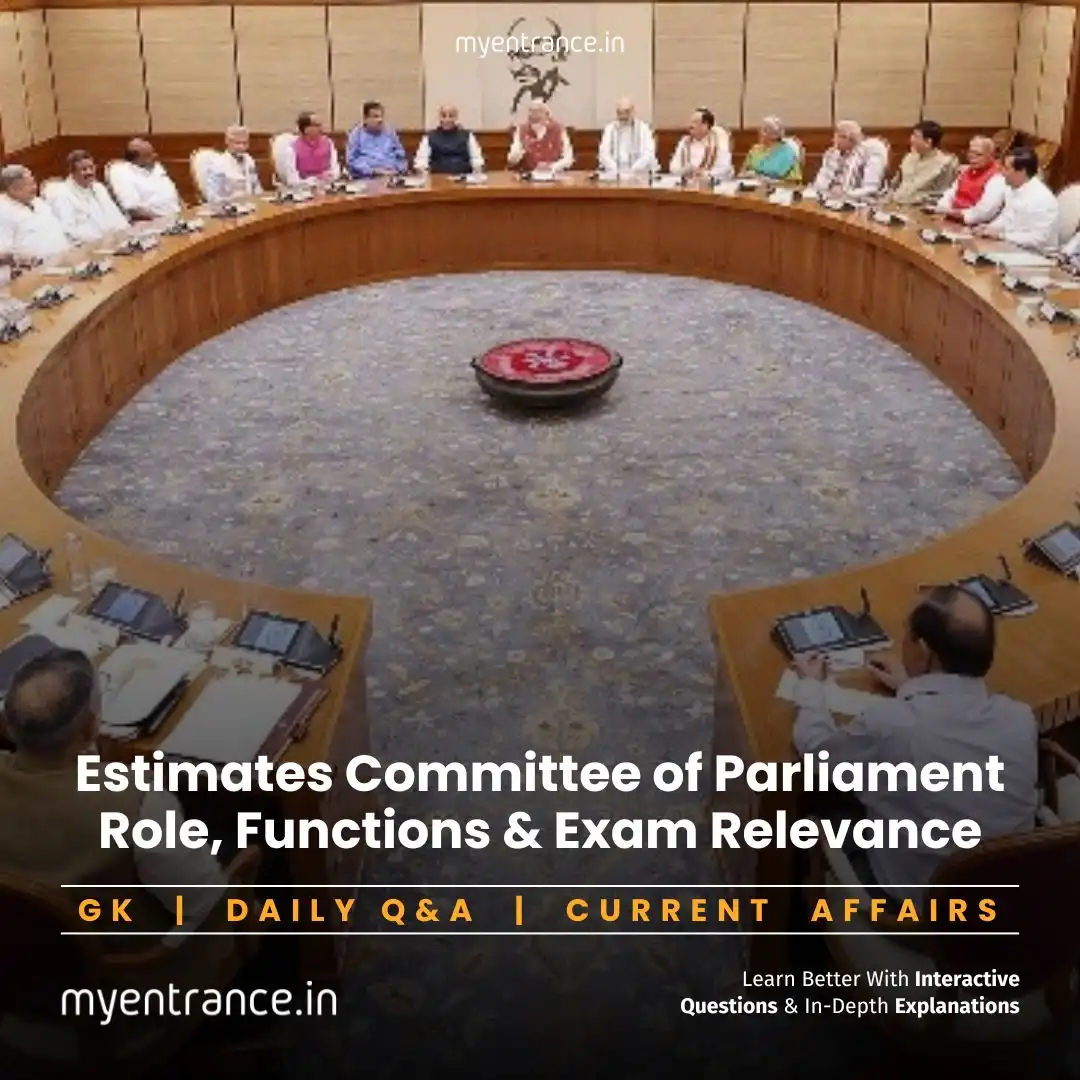
Why the Estimates Committee is in News
Lok Sabha Speaker Om Birla inaugurated the platinum jubilee conference of the Parliamentary Estimates Committee in Mumbai (June 2023). The event brought together committee chairs and members nationwide to discuss strengthening financial accountability and tech-driven governance.
Key Takeaways from the Event
1,000+ Reports Since 1950: The committee has shaped policies in health, education, infrastructure, and defence.
Birla’s Emphasis: Stressed institutional synergy, financial accountability, and Parliament-State coordination.
UPSC Relevance: A 2023 GS-II question directly tested knowledge of this committee’s role.
Parliamentary Committees: The Backbone of Democracy
As scholar Dileep Chandran noted, these committees overcome the technical limitations of large legislatures. India adopted the system from British rule (starting with the Public Accounts Committee in 1921) but innovated further. Key constitutional anchors:
Article 105: Grants privileges to MPs.
Article 118: Allows Parliament to self-regulate procedures.
Why Committees Matter for UPSC
Enable detailed scrutiny of complex issues.
Facilitate cross-party consensus.
Incorporate expert testimony and public feedback.
Estimates Committee: Structure & Functions
Exclusively a Lok Sabha body:
Composition: 30 members elected via single transferable vote (no ministers allowed).
Tenure: 1 year, but can examine estimates beyond a single fiscal year.
Core functions:
Recommend economic reforms and administrative efficiency.
Propose alternative policies to reduce expenditure.
Ensure funds align with policy goals.
Advise on presentation of estimates to Parliament.
Exclusion: Cannot review Public Undertakings (reserved for the Committee on Public Undertakings).
Types of Parliamentary Committees
Financial Committees:
Estimates Committee (1950)
Public Accounts Committee (1921)
Committee on Public Undertakings (1964)
Departmentally Related Standing Committees (DRSCs):
24 committees (21 LS + 10 RS members each).
Examine budgets and policies since 1993.
Ad hoc Committees:
Temporary bodies (e.g., Select Committees on Bills).
Disband after submitting reports.
Joint Parliamentary Committees (JPCs):
Cross-house committees for high-profile inquiries.
Sample Q&As for UPSC Aspirants:
Q1: Why was the Estimates Committee established?
A: Created in 1950 to scrutinize government expenditures, recommend cost-saving measures, and ensure efficient fund utilization aligned with policy goals.
Q2: How is the Estimates Committee different from the PAC?
A: While both oversee finances, the PAC audits past expenditures, whereas the Estimates Committee examines current budget estimates and suggests future economies.
Q3: Can Rajya Sabha members join the Estimates Committee?
A: No. It’s the only exclusive Lok Sabha committee among financial committees, with 30 elected LS members.
Q4: What constitutional provisions empower Parliamentary Committees?
A: Article 105 (privileges of MPs) and Article 118 (rule-making autonomy for Parliament).
Q5: Why are DRSCs significant?
A: They enable detailed examination of bills and budgets beyond partisan politics, with 24 committees covering all ministries.
Most Predicted Questions
Comprehensive study materials, Expert-guided tips & tricks, Mock tests and instant results.
Start your SSC, NIFT, NID, FDDI, PSC journey today with MyEntrance, your ultimate online coaching platform.



